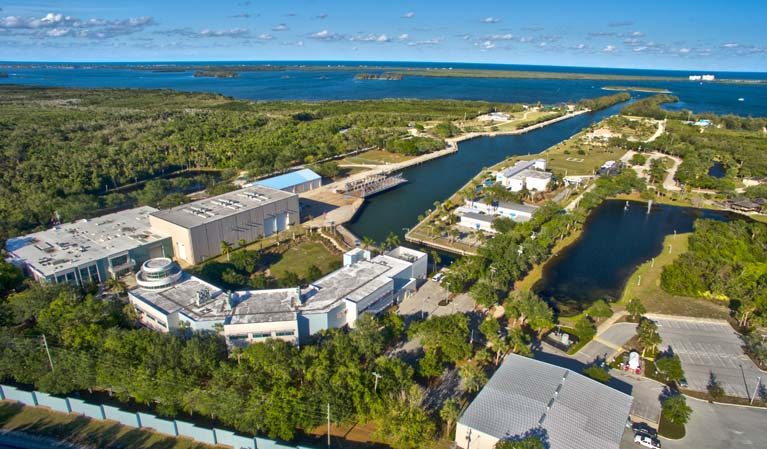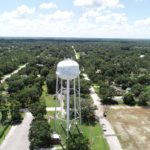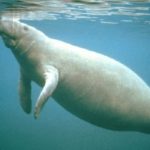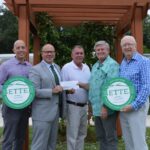
Harbor Branch Oceanographic Institute’s network of Indian River Lagoon water quality monitoring stations is about to expand and generate more data than ever before – thanks to a grant of more than $865,000 from the institute’s fundraising foundation.
According to Dr. Dennis Hanisak, a research professor and director of the Indian River Lagoon Observatory, the grant will fund construction and maintenance of three new LOBO stations in Brevard County to augment the 10 already dotting the lagoon between the St. Lucie Estuary and Sebastian Inlet. The stations produce real-time info on factors that influence lagoon health, such as salinity, temperature, depth, turbidity and dissolved oxygen.
The grant will also pay for new sensors at existing stations that, for the first time, will measure chlorophyll (the main ingredient in algae blooms, toxic and otherwise) and carbon dioxide – a greenhouse gas that contributes to ocean and coastal acidification. Higher acid levels damage the ocean ecosystem by weakening coral reefs and harming shellfish such as clams and oysters by decalcifying and weakening their shells.
The Indian River Lagoon Council’s recently adopted 10-year conservation and management plan calls coastal ocean acidification an emerging issue here, but scientists have no data to measure what is happening.
“To what extent is coastal ocean acidification a player in the lagoon?” Hanisak said. “I used to think it wasn’t going to be a problem right away. But the science shows it may be a bigger problem in estuaries.”
Hanisak said when the upgrades are fully operational – probably by this winter – the LOBO network will be one of a kind.
“It will be quite an enhancement for our network,” he said. “I think it’s really going to add a flood of data on harmful algal blooms and coastal acidification.”
The grant award, Hanisak said, will also fund improvements to the network’s website (fau.loboviz.com) to make it easier for the public to understand how to interpret the data it generates, such as how much chlorophyll in the water is too much or whether the waters are suffering from too-low dissolved oxygen levels.
“It is really gratifying when you get an opportunity like this,” Hanisak said. “We are really indebted to the Foundation.”






